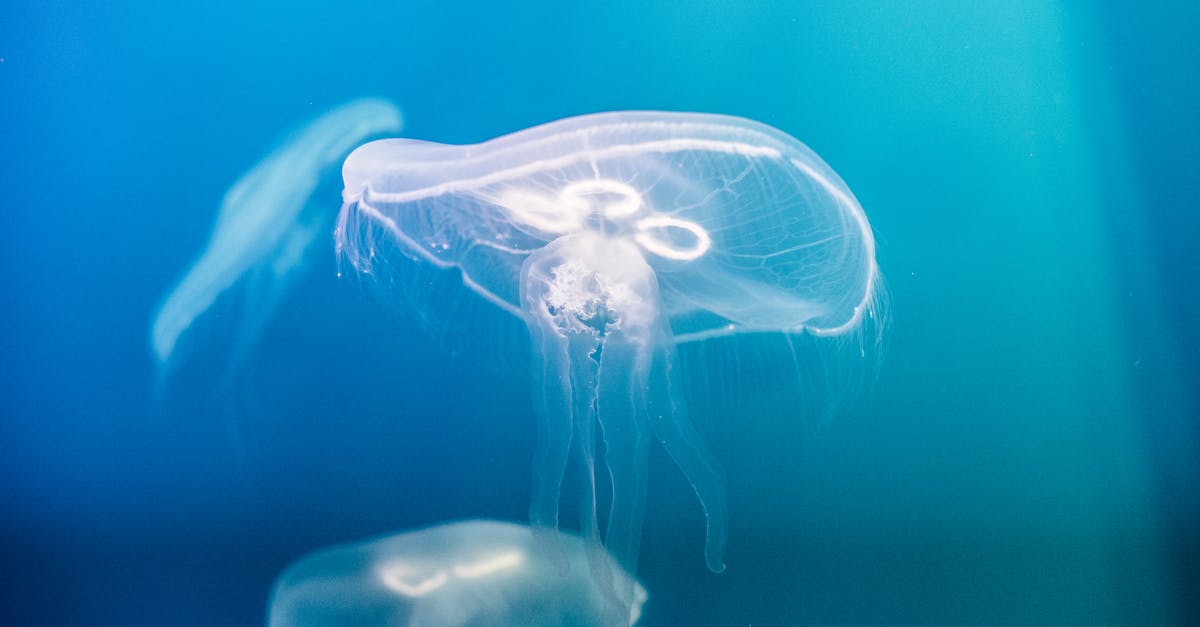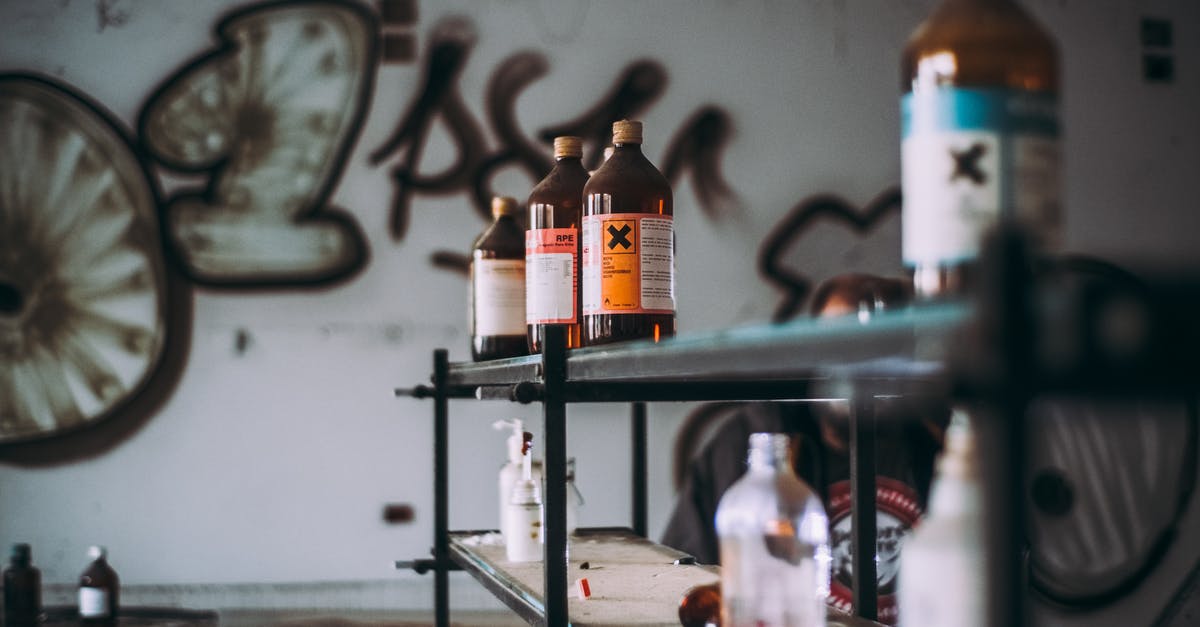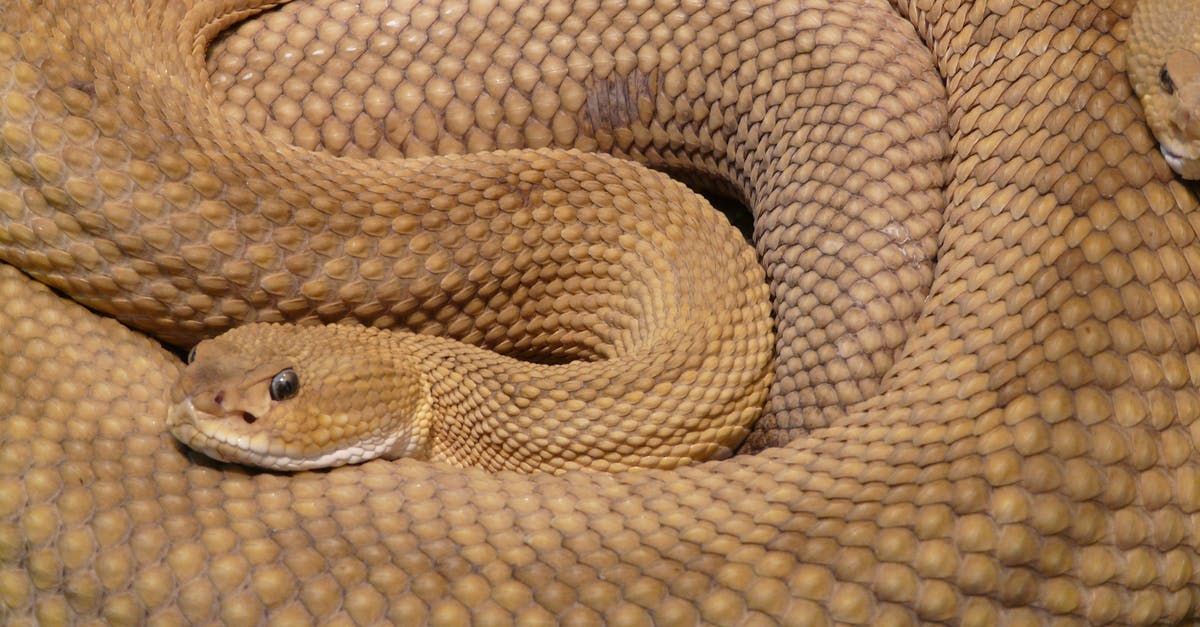Poisonous Escoffier recipe?

I found a strange recipe in Escoffiers's Guide Culinaire:
2939 - CHERRY WATER
Stone two lbs. of very ripe cherries, and rub them through a sieve. Put the purée into a basin with the stones crushed in the mortar, and let the whole macerate for one hour. Then moisten with one pint of filtered water, and strain the juice trough a woollen bag, or muslin folded in two and stretched.
Add a piece of well-washed ice and six oz. of loaf-sugar, and put the whole in the cool for twenty minutes. Flavour, when about to serve, with four liqueur-glassfuls of Kirsch.
The saccharometer should register 9° when inserted into this preparation.
To me, this sounds like a straightforward way to give your guests a nasty cyanide poisoning. But given the author, and the fact that this was probably served to a large number of people over the years, this doesn't seem to have happened. Is there anything in this recipe that would neutralize the amygdalin from such a large amount of ground-up cherry pits?
Best Answer
Summary: as you infered from the practice, it is fine.
If you are nevertheless concerned, you could skip the stone crushing and instead try to add a tiny little amount of almond arome (benzaldehyde, the (or one) flavor compound that the described procedure produces. In almond arome, the benzaldehyde is without cyanide)
(I'm a chemist)
As @LSchoon points out, you're unlikely to extract the whole amygdalin. But I'd say extracting amygdalin and hydrolyzing it is the actual purpose of of the procedure with the crushed stones: Amygdalin is a molecule that hydrolyzes (in several steps) into a disaccharide (a sugar consisting of two glucose), one molecule of HCN (or CN?) and 1 molecule of benzaldehyde. The benzaldehyde is what we want since that is the flavor compound (synthetic almond flavor is benzaldehyde), and we'll always get the corresponding molecule of HCN whenever we get the benzaldehyde.
I haven't tried with your recipe, but I tried chewing a cherry seed right now, and it does have this combined HCN/benzaldehyde smell (for more about smelling HCN, please see my answer on chemistry.sx). Btw, the seed is so bitter that the risk of accidental poisoning this was is basically nonexistent.
But we have two effects that remove cyanide from the product:
HCN is a weak acid and quite volatile. Since the cherry mush is sour, we'll have HCN gas leaving the mush, reducing the amount that is orally ingested. (And unless you build a sniffing apparatus, you won't be able to inhale much of it)
In addition, cyanide (CN?) is not very stable. E.g. oxygen from the air oxidizes it to cyanate (OCN?) which is much less toxic.
A related mechanism (forming thiocyanate, SCN?) is used in our body to detoxify cyanide. Cyanide poisoning happens if that detoxification mechanism is overwhelmed.
A back of the envelope calculation leads to the conclusion that even if you'd manage to keep all the cyanide inside the liquor, and prepare that from wild cherries (i.e. much less fruit flesh compared to stones), and have the whole 1+ l drunk by a single person as one "meal" that would be OK for an adult (and since it contains alcohol, it's not for kids, anyways):
a cherry is 1 - 2 cm in diameter, i.e. roughly 5 - 30 g (assuming ? = 1 g/ml; the lower end would be wild cherries), so 900 g would be 30 to 180 cherries.
a cherry seed has maybe 6 mm diameter (the actual seed is inside the hard shell of the kernel), so ?40 mm³. Assuming a density of 1 g/cm³ puts the seed into the order of magnitude of 40 mg. (Both estimates err rather on the large side, so we're likely overestimating the size)
Bolarinwa2014, reports red and black cherry seeds with an amygdalin content of 2.7 and 3.9 mg/g of dried seed respectively. They don't report drying losses, so using the 40 mg from above again overestimates the actual amygdalin content. But we can say it is less than 160 ?g per seed.
1 mol of amygdalin (M = 457 g/mol) gives 1 mol of HCN (27 g/mol), so we get less than 9.5 ?g HCN from a single kernel.
30 - 180 cherries would then lead about 0,3 - 1.7 mg of HCN.
toxicity: HCN is lethal at 1-2 mg/kg body weight (Abraham 2014 below cites ranges from 0.5 - 3.5 mg/kg BW), 1.7 mg of HCN would be about 2.5 % or 1/40 of the lethal dose for a 70 kg adult.
According to my toxicology textbook from the 1980s, the human body detoxifies cyanide at a rate of about 1 mg/(kg BW ? h), but Abraham2015 says that there are phamacokinetic data (when cyanide was used as a drug) that found only 1 ?g/(kg BW ? h) detoxification. OTOH, the rate of detoxification depends crucially on the availability of sulfur.
This means that low doses may be detoxified fast, but higher doses may take longer since the sulfur needs to be gotten to where it is needed. (We knew that already: the detoxification mechanism may be easily overwhelmed).At the 1 mg/(kg BW ? h) detoxification rate of my textbook, would be detoxified by a 70 kg adult in between 2 min (so in reality, as soon as it enters the body) and a quarter of an hour.
Both is certainly faster than the recommended speed of drinking 1+ l of a cherry beverage containing 4 schnaps.To put this into relation, 1.7 mg of HCN is the cyanide-equivalent of 7.5 g of linseed - which is nothing anyone worries about.
Abraham et al. 2015 from the Food Safety Department at the German Federal Institute for Risk Assessment measured peak blood HCN level after proband ate amygdalin-containing food (cassava, linseed, apricot seed, persipan paste) with one serving corresponding to a total of 6.8 mg CN?, respectively. That's 4 times as much as our conservative estimate for the whole of your cherry liquor. For all the examined foods, the blood CN? levels were well below the cited lowermost range of where first acute symptoms can happen.
They "derived an acute reference dose of 75 ?g CN?/kg body weight for unprocessed foods containing cyanogenic glycosies."
Pictures about "Poisonous Escoffier recipe?"



Escoffier sauce piquante: how making classic sauces can change the way you cook.
More answers regarding poisonous Escoffier recipe?
Answer 2
Disclaimer: I am not a doctor or a chemist.
The recipe does not tell you to ingest the crushed pits themselves, just the juice that you extracted. The question then is whether you will extract a significant amount of amygdalin using water. This answer on the Chemistry SE suggests using methanol to extract amygdalin from apricot pits. This video also goes into extracting the cyanide from cherry pits, which takes quite a bit more effort than just letting the pits sit in water for an hour.
Thus: the recipe does not neutralize the amygdalin, but the final product is unlikely to contain dangerous doses of the stuff.
Sources: Stack Exchange - This article follows the attribution requirements of Stack Exchange and is licensed under CC BY-SA 3.0.
Images: Monique Laats, Tanya Gorelova, Davide Baraldi, Pixabay
